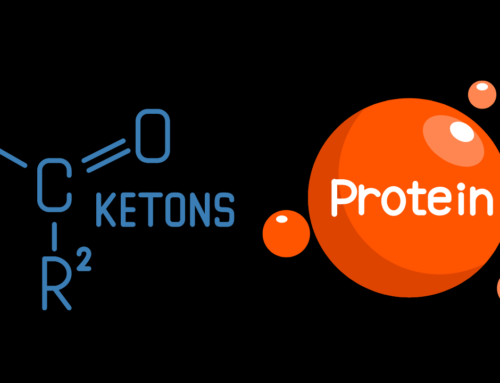For the vast majority of people, myself included, the ideal outcome of any exercise and/or nutrition program is losing fat while gaining lean mass. Not only does this shift in body composition make you look better, but it also improves your health. As such, the vast majority of health and fitness related popular-media information focuses on fat-loss. Unfortunately, many of the popular media articles publish the most recent diet trend rather than the evidence based research articles. Fortunately, when you dig through the research there are some recurring themes in the literature that provide us key concepts we can use in our diets to aid fat loss.
- Reducing overall caloric intake will promote fat loss, but will also reduce lean mass. When reducing calories, use small, incremental reductions.
There is some truth (probably quite a bit) to the calories in versus calories out approach to weight loss. If you go from eating 3,000 calories per day to 1,000 calories per day you are indeed going to lose weight; however, not all of that weight will be fat. In fact, from my own personal experiments, I have found that such an extreme approach to weight loss is going to reduce your very hard-earned lean mass drastically. During the experiment, I kept my macronutrient ratios identical and reduced my daily caloric intake by 750 kcal for 4 weeks. After 4 weeks, I had lost 9 pounds, 3 of which was fat and 6 of which was muscle. This brings us to concept number 2.
- Replacing carbohydrates with protein can promote fat loss while preserving lean tissue.
In a landmark study, researchers gave participants isocaloric diets (meaning they both had the same amount of calories) with two different ratios of carbohydrates to protein. One group received a carb:protein ratio of 3.5:1 (or about 68g of protein per day) and the other received a 1.4:1 ratio (125g of protein per day). Interestingly, they found that the higher protein group lost more weight (7.5 pounds versus 7 pounds), and that the fat-to-lean muscle loss was about twice as high in the higher protein group! If you ask me that is about as simple a diet change as you can get. Swap out a potato a day for an extra steak. Again, as the scientist I am, I have tested this out myself as well and have found similar results. During a phase where I tried to lean out, I adopted this strategy and was able to lose about 3 pounds of fat in 6 weeks while not losing any lean mass.
If you are an athlete or training hard several times a week, it is important that you don’t over-restrict your carbohydrates. In fact, going extremely low-carb with high-intensity training may hinder your fat loss goals. I would recommend replacing about half your daily carb intake with protein. For example, if I was typically consuming 100 g/protein and 200 grams of carbs, I would shift my diet to be 150g/protein and 150g/carbohydrate. I would also try and stick them pre and post workout… which brings us to point number 3.
- Nutrient timing may be more important when trying to lose weight and maintain lean mass than when trying to gain muscle tissue.
If fat loss is your goal, engaging in exercise is an excellent catalyst to nutritional strategies. Increasing evidence suggests that consuming protein and carbohydrates around your workout can alter your metabolic environment in several ways: 1) augment muscle protein synthesis, 2) improve glycogen restoration so you can recover faster and 3) improve your metabolic flexibility.
When fat-loss is your goal, you are often in a caloric deficit, usually by a combination of increased training volume and reduced calorie intake. In these circumstances, consuming a pre or post workout carb/protein snack helps maintain lean tissue via the augmented muscle protein synthesis mentioned above. It also can alter the metabolic state of your body to make you more metabolically flexible, allowing you to improve your body’s ability to cycle between fat and carbohydrate utilization.
The wrap up
Fat loss is not overly complicated. Focus on a few key concepts to help you accelerate the process: 1) make small, incremental reductions in your caloric intake, 2) increase your carbohydrate to protein ratio and 3) eat most of your carbohydrates around training.




Leave A Comment